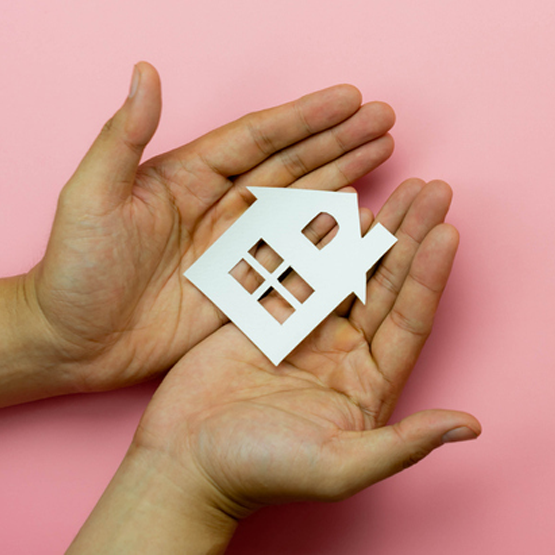We use first and third-party cookies for analytical and statistical purposes and to show you personalised advertisements based on a profile compiled from your browsing habits (e.g. pages visited). For more information, click on our Cookie Policy. You can accept all cookies by pressing 'Accept', you can reject all cookies by pressing 'Reject', or you can customize your choice by pressing 'Manage'.
Buying a home with a mortgage
Everything there is to know about a home purchase loan
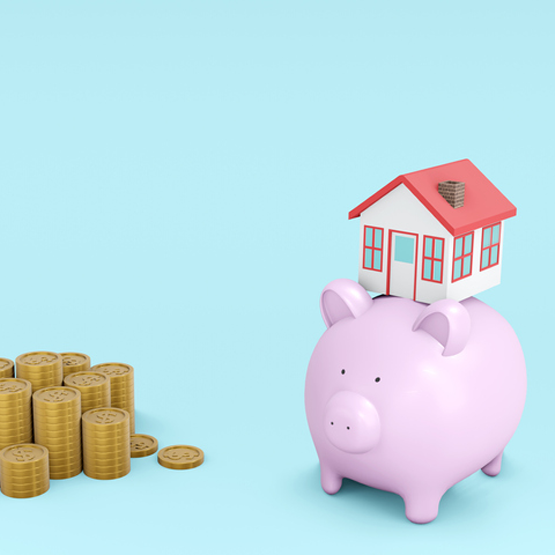
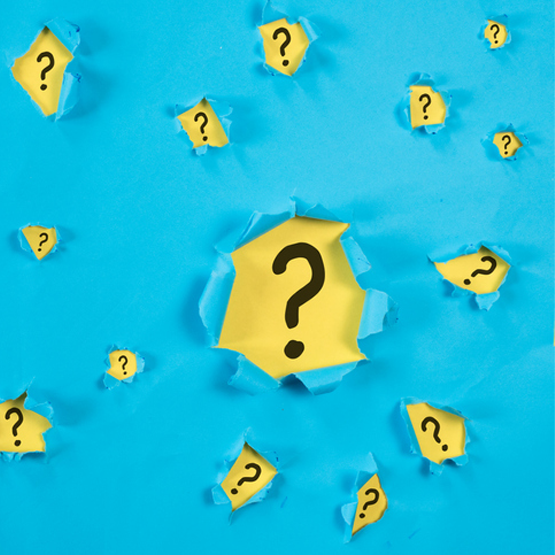
What is a mortgage?
How is a mortgage different from other loans?
The main difference between a mortgage and other types of loan (personal or consumer) is that a mortgage is secured by the very property it is being used to finance; the bigger the mortgage, the bigger the risk for the bank.
Meanwhile, the repayment terms are much longer in the case of mortgage loans (we are talking about 20 to 30 years). Finally, the interest rate is always lower with a mortgage, making it easier to us to keep up with the repayments over such a long period of time.

What is a mortgage exactly?
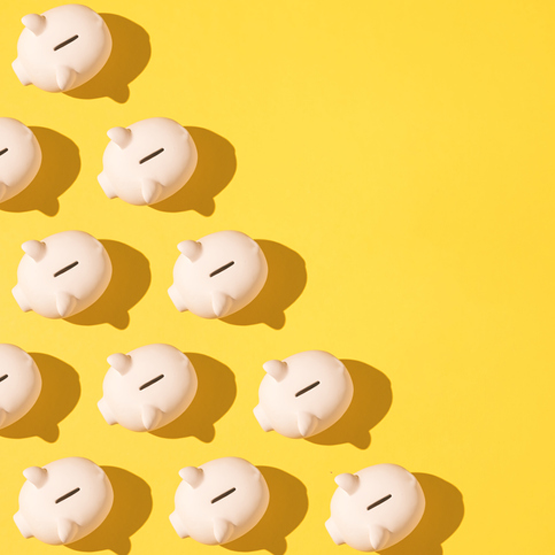
Capital
- The amount of money that the bank will lend us.
- Remember that if you are buying your first home, the bank will finance no more than 80% of the appraisal value.
- When taking out a mortgage, we will need enough savings put aside to cover the remaining 20%.
- We will also have to meet some other big costs when the times come to sign: appraisal fee, registry costs, notary fees, taxes... This is very important!

Interest
- The price that the bank charges us for lending us the money. The interest rate varies by type of mortgage.
- With a variable-rate mortgage, the rate we pay is pegged to a reference index (almost always the Euribor), which may go up or down in response to market conditions. A spread is then added to the Euribor rate, meaning a fixed rate that the bank charges us in exchange for accepting the risk of the loan.
- With afixed-rate mortgage, the interest is always the same, meaning we will always be paying the same instalment.
- With a mixed mortgage, we pay a fixed interest rate over the first few years, and thereafter a variable interest rate.
- Aside from the interest, there are two other rates we will need to pay: the NIR, which is what the bank charges us for lending us the money: And the APR, which is essentially the NIR plus fees and expenses.
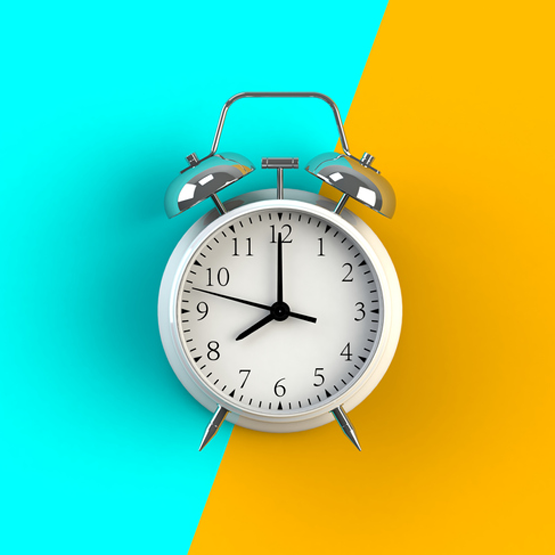
Repayment period
- The repayment period is the number of years it will take us to pay off our debt.
- Most mortgages today come with a repayment period of 30 years.
- The longer this period, the less we will be paying each month in instalments.
I haven't decided yet, but I am interested in a mortgage.
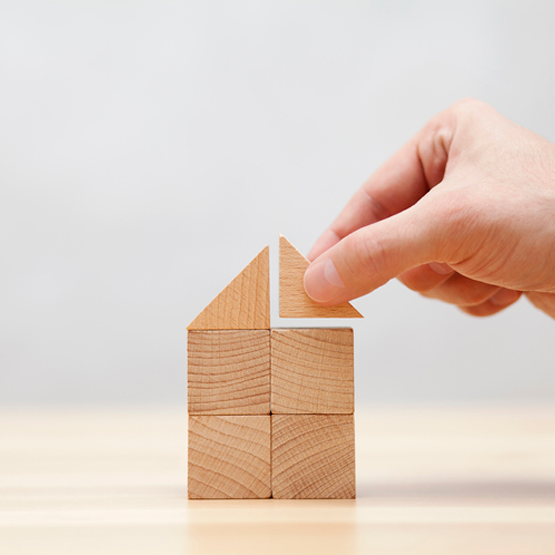
What is my mortgage?
It ultimately depends on your savings profile, and on your current and future preferences. Why not give our simulator a go? Simply enter the information it asks for to get a rough idea of what you will need.
And my dream home?
Again, it depends on what you are looking for and what you can afford. At Bankinter we offer some useful tips that you should bear in mind when looking for your home.
